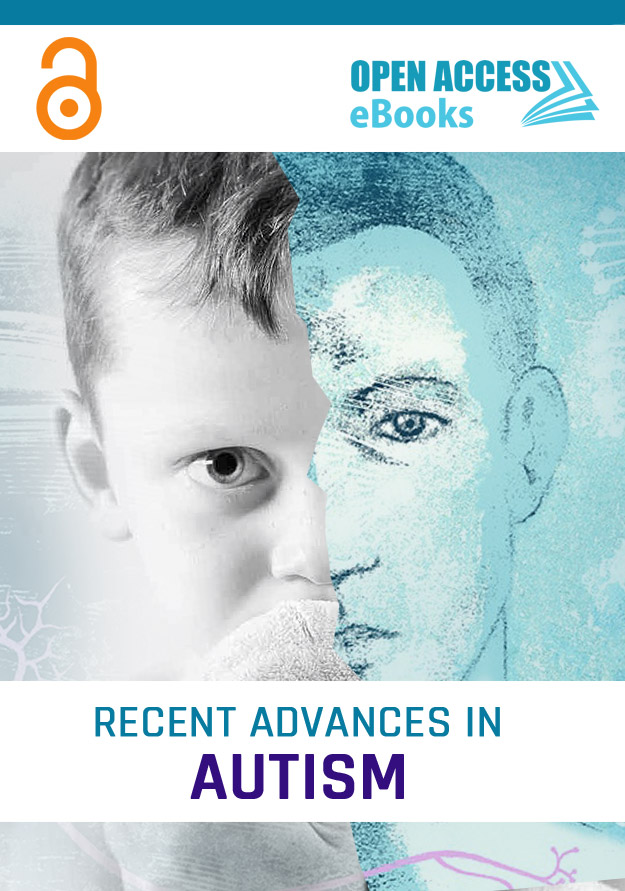List of Chapters
Etiology of Autism: Connecting the Dots
Author(s) : Derrick Lonsdale
Although much has been written concerning the etiology of autism, now considered to be in epidemic form, none have yet been proven. If abnormal thiamin metabolism is represented as an outlay of manuscripts, a strong case for it as a common cause can be made by "connecting the dots". It is hypothesized here that the legacy for its etiology may begin in pregnancy. Thiamin supplementation as a routine during pregnancy has been shown to virtually abolish the well-known pregnancy complications that affect both mother and fetus. Hyperemesis gravidarum has been shown to lead to the clinical and magnetic resonance imaging characteristics of Wernicke encephalopathy, a classical expression of brain thiamin deficiency. Autism rates have been established for each state.
Metabolic and Immune Aspects of Sex Differences in Autism
Author(s) : Afaf El-Ansary*; Naima Zayed; Maha H Daghestani; Abir Ben Bacha
Autism as a Neurodevelopmental disorder is known to greatly affect males than females. It is very interesting to understand different mechanisms that might be related to male susceptibility or female protection such as sex hormones. Understanding the differences in vulnerability of both sexes’ to develop impaired gut microbiota, oxidative stress, glutamate excitotoxicity,
and neuro inflammation as etiological mechanisms of autism.
Adaptive Behavior and Autism Spectrum Disorder: Support Needs and Demands
Author(s) : Luisa Losada-Puente*; and Manoel Baña Castro
We all need help and support throughout our lives. We talk about informal support, facilities at key moments in our lives, help that facilitates the performance of vital tasks for which we may feel unprepared... But we also about more formal and institutionalised support, expressly requested in the face of specific difficulties that interfere with the functioning of a normalised life. Differences that characterize human beings means that some people need depending on the quantity and quality of help.
